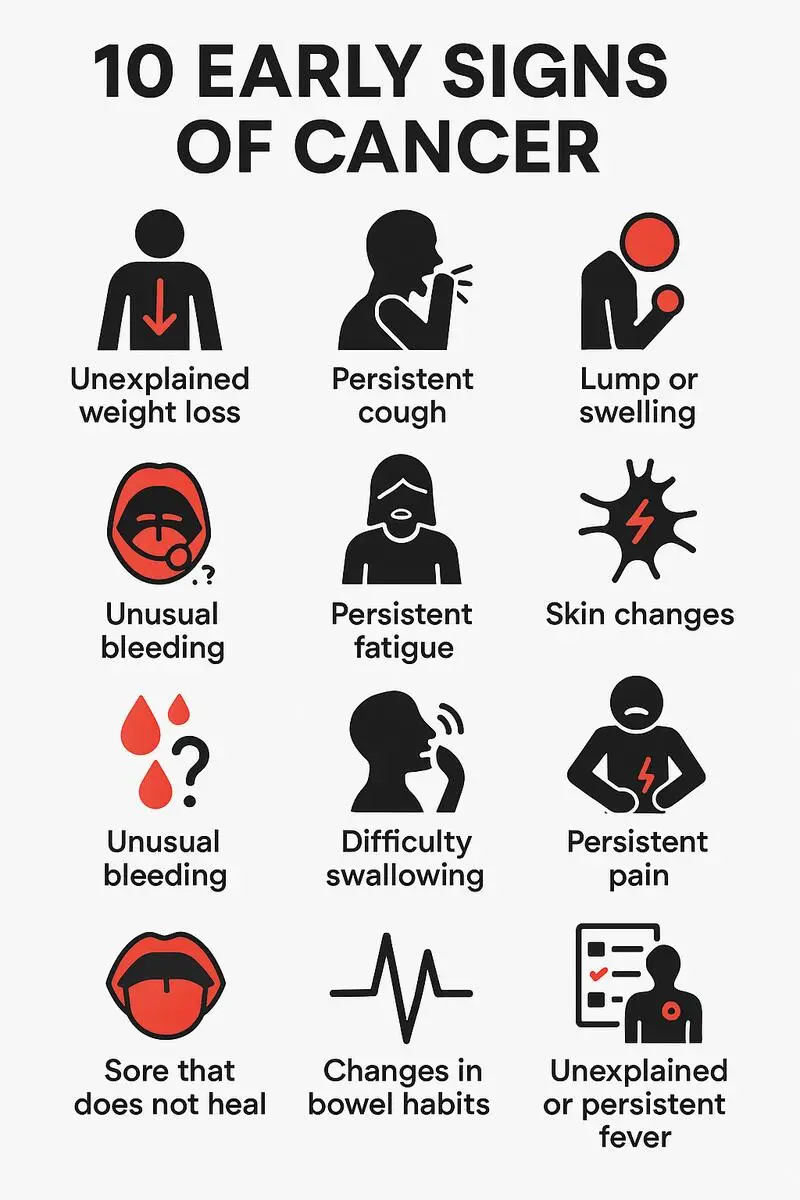- Published on: Jun 07, 2022
- 2 minute read
- By: Second Medic Expert
Oncologists Opinion On What Is The Most Life-threatening Side Effect Of Chemotherapy.
One of the most life-threatening side effects of chemotherapy is sepsis, a potentially fatal complication caused by infection.
Chemotherapy can also damage bone marrow, leading to a drop in red blood cells (anemia), white blood cells (leukopenia), and platelets (thrombocytopenia). This can leave patients susceptible to infection and other health problems.
The most life-threatening side effect of chemotherapy is cancer. Chemotherapy is a cytotoxic drug meaning that it kills cells, both cancerous and healthy. While the goal of chemo is to kill as many cancer cells as possible, it also kills healthy cells, which can lead to serious and potentially life-threatening side effects like infection, bleeding, anemia, and low blood pressure.
The most life-threatening side effects of chemotherapy are infection and bleeding. Infection can occur if the white blood cell count drops too low, while bleeding can occur if the platelet count falls below a certain level. Other potential life-threatening side effects of chemotherapy include heart failure and seizures.
While chemotherapy can be lifesaving for many people, it also comes with several serious risks. The most life-threatening side effect of chemotherapy is probably its ability to cause severe drops in white blood cell counts. This can lead to a potentially deadly condition called sepsis.
Other life-threatening risks associated with chemotherapy include increased risk of heart attack and stroke, damage to the nerves and brain, and leukemia. It's important to discuss all the potential risks and side effects with your doctor before starting treatment so you can make an informed decision about whether chemotherapy is right for you.
Medical Opinion 5
One of the most life-threatening side effects of chemotherapy is sepsis, a deadly infection that can occur when the white blood cells that fight infection are killed by the chemotherapy drugs.
Other potential life-threatening side effects of chemotherapy include heart attack, stroke, and pulmonary embolism (a blood clot in the lungs).
Medical Opinion 6
The most life-threatening side effect of chemotherapy is the risk of developing a sepsis infection.
Sepsis is an infection that can occur when bacteria or other germs enter the blood. It's a serious, sometimes life-threatening condition. Symptoms include fever, chills, rapid breathing and heart rate, dizziness, and feeling very weak or tired. If you think you might have sepsis, seek medical help right away.
Medical Opinion 7
The most life-threatening side effect of chemotherapy is the potential for excessive bleeding. This can occur because chemotherapy drugs not only attack cancer cells, but also normal blood cells. If too many blood cells are destroyed, the patient can develop a life-threatening condition called hemorrhagic cystitis. Symptoms include bloody urine, pain and cramps in the lower abdomen, and extreme weakness.
Medical Opinion 8
The most life-threatening side effect of chemotherapy is a decreased white blood cell count, also known as neutropenia. This can lead to serious infections, which can be fatal. Other life-threatening side effects of chemotherapy include anemia, thrombocytopenia, and neurotoxicity.
The side effects of chemotherapy are numerous and life threatening. However, the most common life-threatening side effect is neutropenia, which is a decrease in the number of neutrophils in the blood.
Neutrophils are a type of white blood cell that helps to fight infection. When the number of neutrophils falls below a certain level, it can lead to serious infections that can be life-threatening. Other life-threatening side effects of chemotherapy include bleeding and sepsis.
Medical Opinion 9
One of the most life-threatening side effects of chemotherapy is sepsis, which is a severe infection that can develop after chemotherapy treatment. Sepsis occurs when bacteria or other germs enter the bloodstream and cause inflammation and widespread damage to the body. It can lead to organ failure, shock, and even death. Symptoms of sepsis include fever, chills, rapid breathing, confusion, and extreme thirst. If you experience any of these symptoms after chemotherapy treatment, seek medical help right away.









